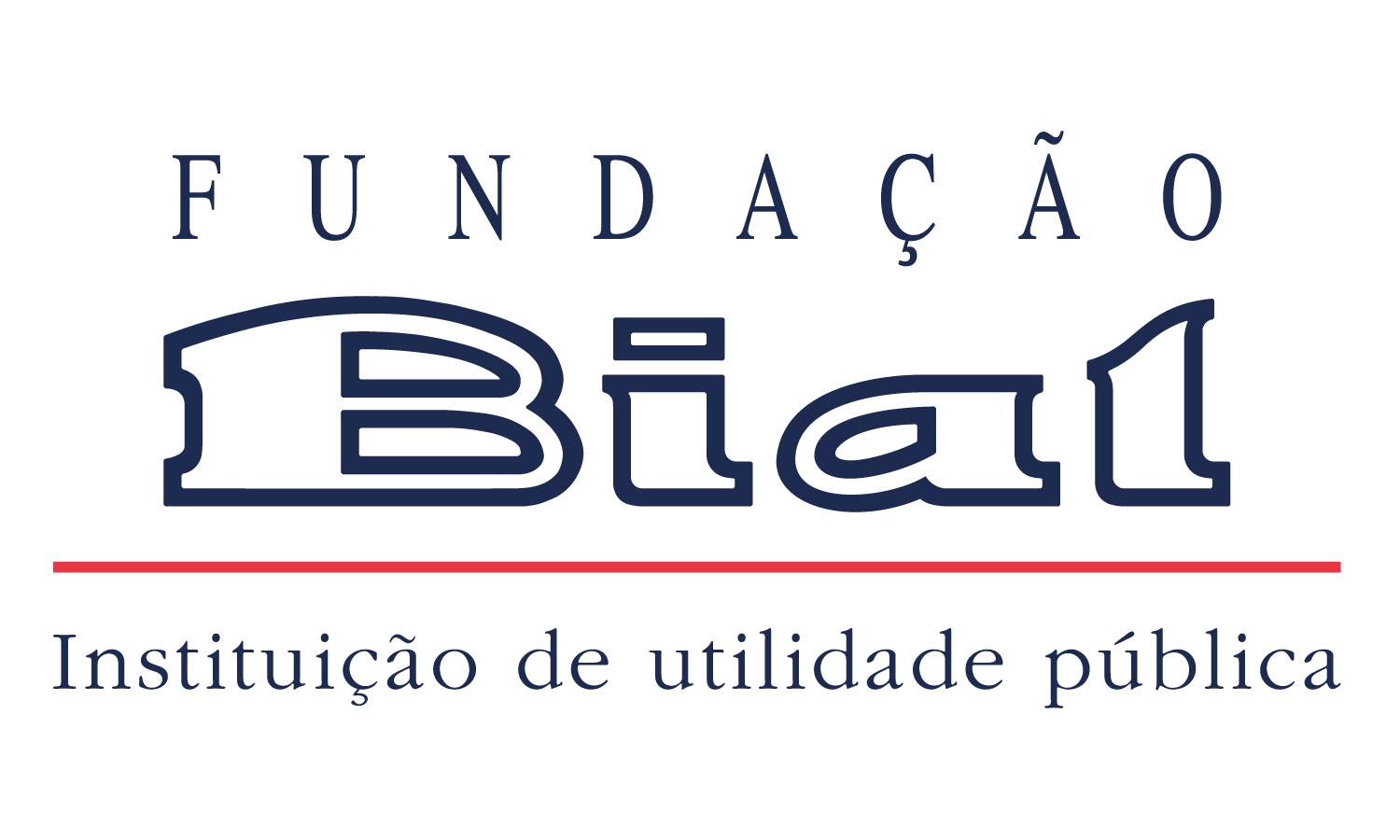Stéphanie Rossit, apoiada pela Fundação BIAL no âmbito do projeto 184/14 – Decoding neural representations of human tool use from fMRI response patterns, identificou as representações neuronais da forma como os seres humanos tipicamente utilizam utensílios. Além disso, o estudo demonstrou que estas representações acontem mesmo quando o desempenho da tarefa não requer processamento semântico. O artigo que detalha estes resultados “The role of the anterior temporal cortex in action: Evidence from fMRI multivariate searchlight analysis during real object grasping” foi publicado na revista científica Scientific Reports.
Abstract
“Intelligent manipulation of handheld tools marks a major discontinuity between humans and our closest ancestors. Here we identified neural representations about how tools are typically manipulated within left anterior temporal cortex, by shifting a searchlight classifier through whole-brain real action fMRI data when participants grasped 3D-printed tools in ways considered typical for use (i.e., by their handle). These neural representations were automatically evocated as task performance did not require semantic processing. In fact, findings from a behavioural motion-capture experiment confirmed that actions with tools (relative to non-tool) incurred additional processing costs, as would be suspected if semantic areas are being automatically engaged. These results substantiate theories of semantic cognition that claim the anterior temporal cortex combines sensorimotor and semantic content for advanced behaviours like tool manipulation.”

































































































